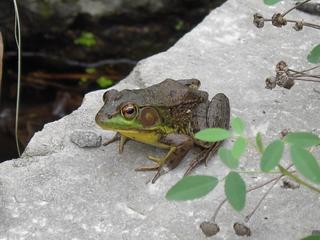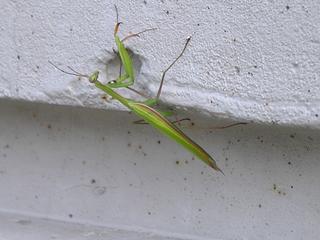
Swamp-rose Mallow (Hibiscus moscheutos)
(click to expand)
Canada has 487 species at risk as defined by the Species at Risk Act (SARA). Of these 13 are extinct, 22 extirpated, 184 endangered, 129 threatened, and 152 of special concern. Species are placed in a category depending on a variety of factors which include overall numbers, amount of habitat, food sources, climate conditions, disease etc. Unfortunately the list keeps on growing.
I have done some research on the SARA plant species for the Native Plant Database run by Evergreen. Most of the plant species listed suffer from one cause: habitat loss due to human encroachment. Wetlands in particular are at risk. We seem to drain them, plow them under, or fill them in with alarming regularity. Developers and property owners view them as a waste asset. Also who wants a swamp behind their shopping plaza? Better to pave it and make it a parking lot!
Not many people seem to realize that wetlands are one of Canada's most diverse ecosystems, supporting many species of plants and animals. The above pictured plant is just one of our wetland wonders. I found this one growing at one of our restored wetlands in the Don at the Brick Works. Swamp-rose Mallow is a rather striking and beautiful flower that grows at the edge of wetlands. It is currently listed as a species of Special Concern by SARA and it is restricted to wetland areas of Southern Ontario. As already mentioned these areas continue to disappear. At the Brick Works it seems to be flourishing and is growing in at least three places. In established areas it can grow into clumps of up to 70 plants. That's probably an amazing sight.
Each flower produces about 100 seeds. According to the description, the seeds are eaten by ducks. Some of these seeds are later excreted by same and this way can be spread to new wetlands.
This year I am performing a small experiment. I collected a couple of seed heads and will try to grow these seeds at other Don wetlands (no ducks will be harmed in this process). This is one plant that is worth propagating. I will keep you posted on the results.


